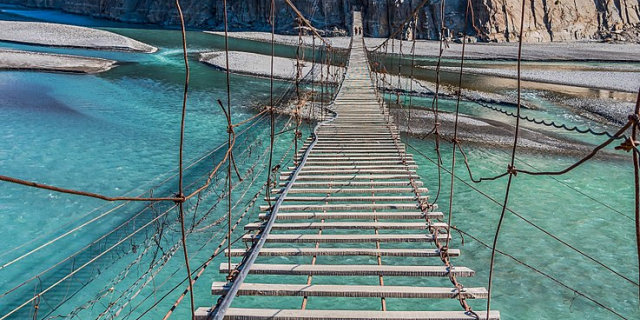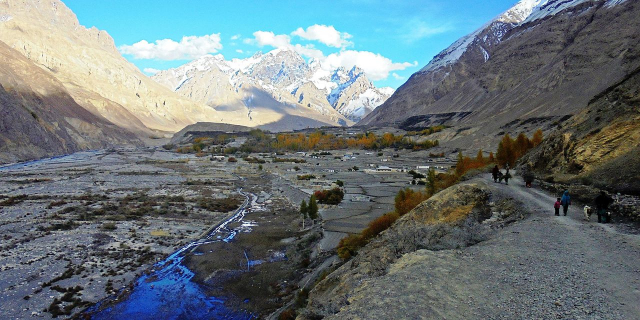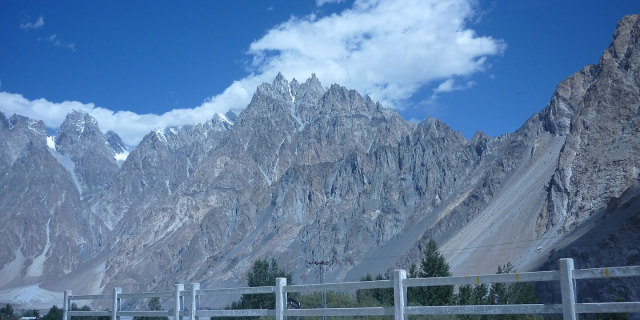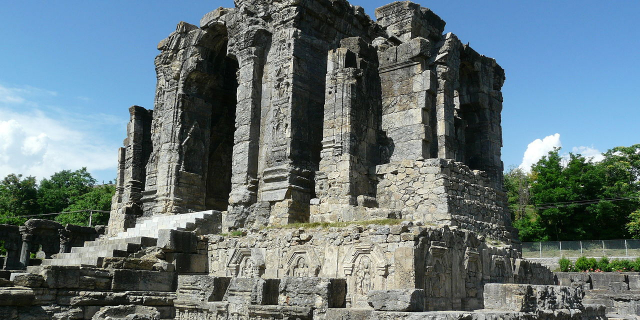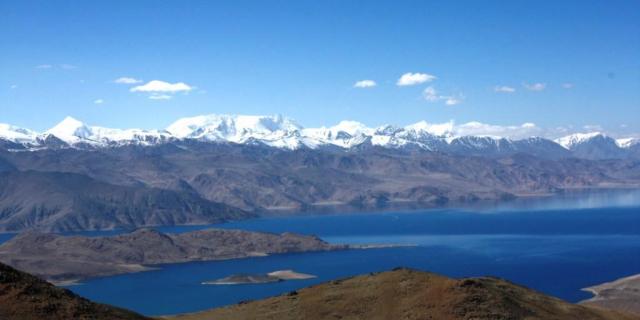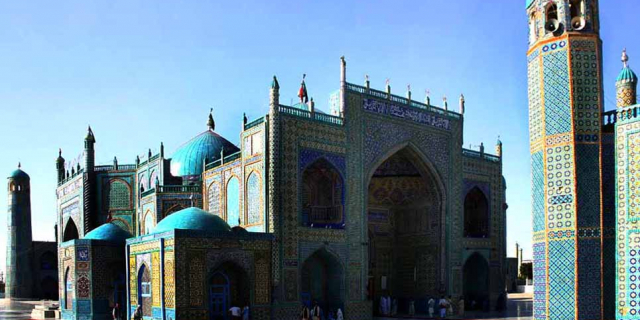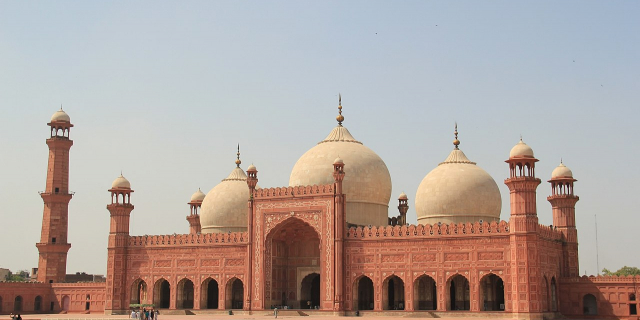Baltistan
Context of Baltistan
Baltistan (Urdu: بلتستان; Balti: སྦལ་ཏི་སྟཱན་།) also known as Baltiyul or Little Tibet (Balti: སྦལ་ཏི་ཡུལ་།), is a mountainous region in the Pakistani-administered territory of Gilgit–Baltistan. It is located near the Karakoram (south of K2) and borders Gilgit to the west, China's Xinjiang to the north, Indian-administered Ladakh to the southeast, and the Indian-administered Kashmir Valley to the southwest. The average altitude of the region is over 3,350 metres (10,990 ft). Baltistan is largely administered under the Baltistan Division.
Prior to the partition of British India in 1947, Baltistan was part of the princely state of Jammu and Kashmir, having been conquered by Gulab Singh's armies in 1840. Baltistan and Ladakh were administered jointly unde...Read more
Baltistan (Urdu: بلتستان; Balti: སྦལ་ཏི་སྟཱན་།) also known as Baltiyul or Little Tibet (Balti: སྦལ་ཏི་ཡུལ་།), is a mountainous region in the Pakistani-administered territory of Gilgit–Baltistan. It is located near the Karakoram (south of K2) and borders Gilgit to the west, China's Xinjiang to the north, Indian-administered Ladakh to the southeast, and the Indian-administered Kashmir Valley to the southwest. The average altitude of the region is over 3,350 metres (10,990 ft). Baltistan is largely administered under the Baltistan Division.
Prior to the partition of British India in 1947, Baltistan was part of the princely state of Jammu and Kashmir, having been conquered by Gulab Singh's armies in 1840. Baltistan and Ladakh were administered jointly under one wazarat (district) of the state. The region retained its identity in this setup as the Skardu tehsil, with Kargil and Leh being the other two tehsils of the district. After Hari Singh, the last maharaja of Jammu and Kashmir, acceded to the Dominion of India in 1947, his local governor in Gilgit was overthrown by the Gilgit Scouts, who then took the entire region for Pakistan during the Indo-Pakistani War of 1947–1948; the Gilgit Agency and Baltistan have since been under Pakistani governance while the Kashmir Valley and the Kargil and Leh tehsils remain under Indian governance. However, four small rugged and dried mountainous villages, including the village of Turtuk in the Nubra Valley, have been under Indian control since 1971, when they were all incorporated into the erstwhile state of Jammu and Kashmir (now in Ladakh) after being captured by India during the Indo-Pakistani War of 1971.
The region is inhabited primarily by the Balti people, a largely Muslim ethnic group of Tibetan descent. Baltistan is strategically significant to both Pakistan and India; the Siachen conflict and the Kargil War took place in this region alongside others.
